

Hoard is Big Sandwich Games’ debut title for the PlayStation Network. Drawing inspiration and mechanics from several different genres, does Hoard have what it takes to compete with the cream of the PSN crop? Read on for all the details.
In Hoard, players take control of a dragon and proceed to wreak havoc on a tabletop recreation of pastoral medieval kingdoms. Burning crops, destroying castles, and kidnapping princesses is all in a day’s work for Hoard’s scaly beasts. Ransoming kidnapped princesses, destroying structures, and vanquishing opponents awards gold that, when successfully carried back to the dragon’s nest, enables the dragon to level up so that it might kidnap, destroy, and vanquish ever more powerfully and quickly. That’s the game in a nutshell. The cycle repeats, steadily accelerating until the game ends, though there are numerous strategies to keep in mind, and game play variants to keep things interesting.
In purely mechanical terms, Hoard plays like a dual stick shooter, with the left stick controlling the dragon’s movement and the right stick controlling its attacks. Attack range is extremely limited, and the dragon must be pretty close to an object or enemy in order to do any damage. As the dragon’s attack levels up, it gains both distance and potency. Power-ups appear from time to time, adding such bonuses as ice and fire (well, more fire) to the dragon’s attack. Speed, shielding, and carrying ability can also be upgraded.
In terms of design, Hoard resembles both a simple arcade game (rush around, destroy stuff, hoard loot, repeat) and a resource management game. Stages generally start out empty, and kingdoms sprout and grow over time. By destroying the carts that carry supplies to growing kingdoms, players can stop those kingdoms from becoming too powerful too quickly. A kingdom left alone until it reaches maturity will produce extremely strong defenses and troops, which cause all kinds of trouble for the dragons. Managing the growth of the kingdoms on each board is the key to success in the game. This is a fun, logical mechanic that the game takes great advantage of. In true arcade fashion, a point will be reached when growth outpaces a player’s ability to keep up, but then, that’s part of the fun.
Graphically, Hoard is presented to look like a board game, with tiles that make up the stages dropping onto a tabletop at the beginning of each level. In terms of visual design, the game recalls the PC role playing games of yesteryear. Though attractively detailed, everything in Hoard is a bit small (including text), as though it was meant to be played on a computer screen inches from the player’s face rather than on a television across the room. This problem is exacerbated when playing single system multiplayer. As the multiple dragons fly away from one another, the stage scales to keep everyone on screen. Things that were small become miniscule, making play unnecessarily difficult.
Hoard is split into three basic game types. Treasure is a ten minute match in which players gather as much gold as possible. It’s a great mode for beginners to learn the interlocking mechanics of the game, but the arbitrary endpoint also makes it the least satisfying of the available options.
In Princess Rush, the first player to successfully ransom 15 princesses is the winner. Princesses can be snatched by destroying royal carriages, then carried back to the dragon’s lair where they must be briefly defended from the knights who try to save them. This may be the most fun mode in the game, though it’s worth pointing out that the AI of the enemy dragons is surprisingly poor. (Want to win? Just keep stealing princesses from the other dragon’s bases.)
Finally, Hoard mode is a survival challenge. In the other game variants, the dragons can regain health by returning to their dens. Not so here. The only way to earn back health is by kidnapping particularly well guarded princesses. This mode is significantly more difficult than the others, perhaps to a fault.
Treasure and Princess Rush can both be played competitively by up to four players, either online or single system, with Treasure also supporting co-op. Multiplayer is the game’s strongest feature, with matches that can be fast-paced, frantic affairs full of retaliation between players. Eventually the repetitiveness of the game will wear down even the most enthusiastic competitors, but until that point is reached the experience can be a lot of fun.
Is Hoard worth its $15 price tag? As a multiplayer game, absolutely. The single player game, though bursting with trophies and rewards to earn, is harder to recommend. Still, there is nothing else quite like it on the system, and players looking for an arcade-style game that is as much about strategy as it is about reflexes will enjoy the time they spend with Hoard.
Hoard is available now from the PlayStation Network.
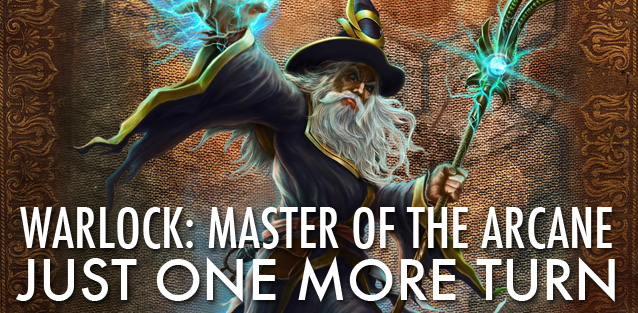

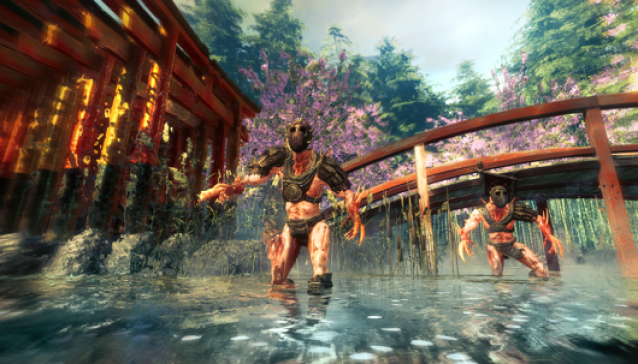
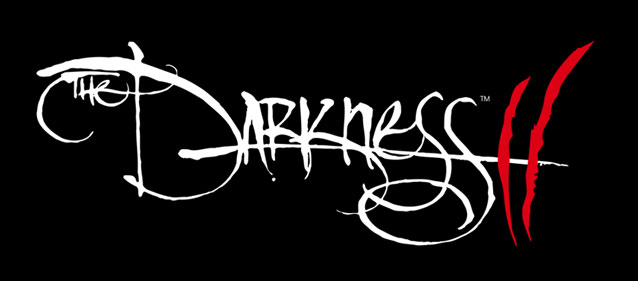
 The Walking Dead Season 2: Episode 2 ‘A House Divided’ Walkthrough
The Walking Dead Season 2: Episode 2 ‘A House Divided’ Walkthrough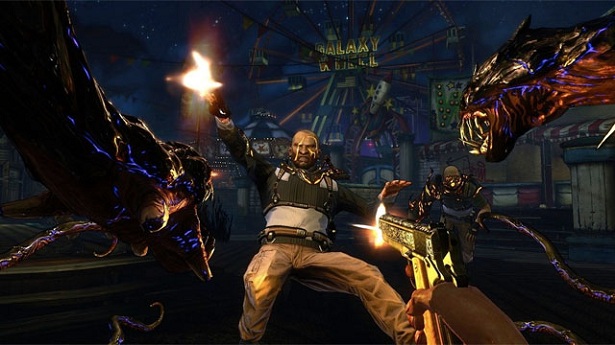 The Darkness 2 Walkthrough
The Darkness 2 Walkthrough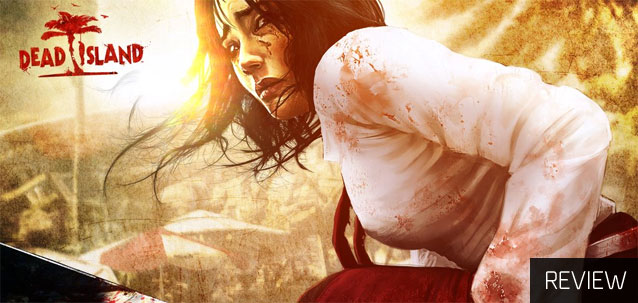 Dead Island Review
Dead Island Review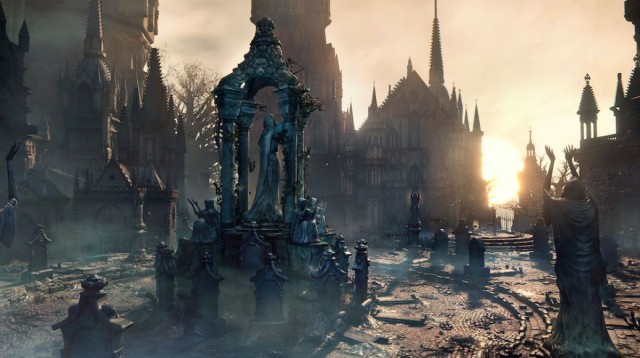 How to get unlimited Blood Vials in Bloodborne: The Old Hunters
How to get unlimited Blood Vials in Bloodborne: The Old Hunters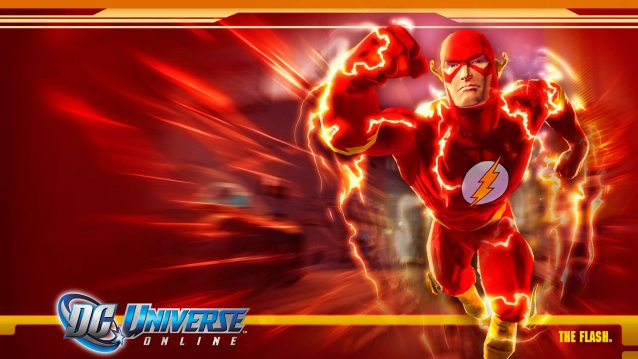 DC Universe Online Wallpapers in HD
DC Universe Online Wallpapers in HD